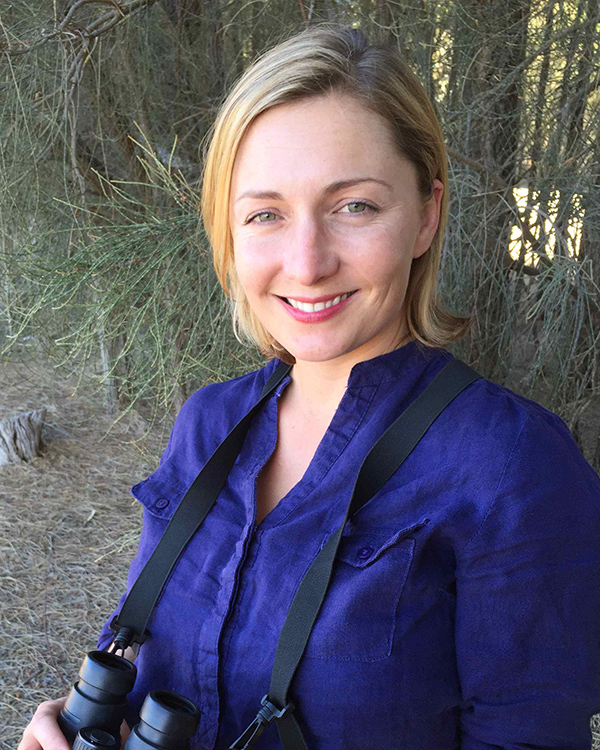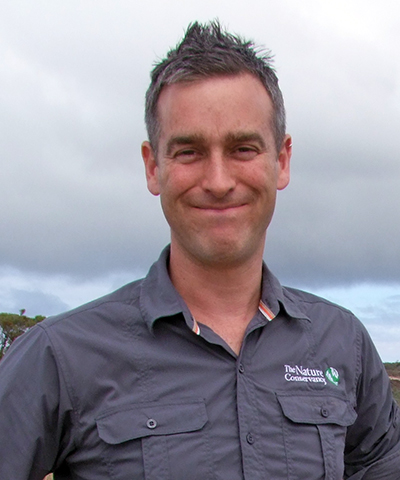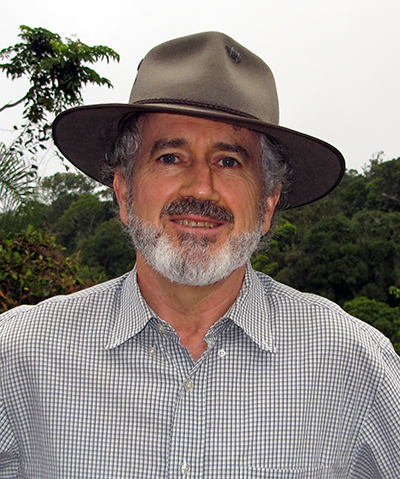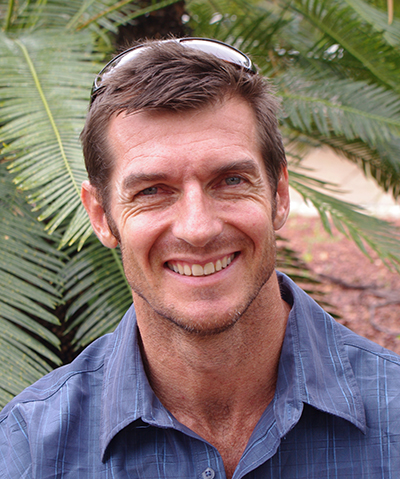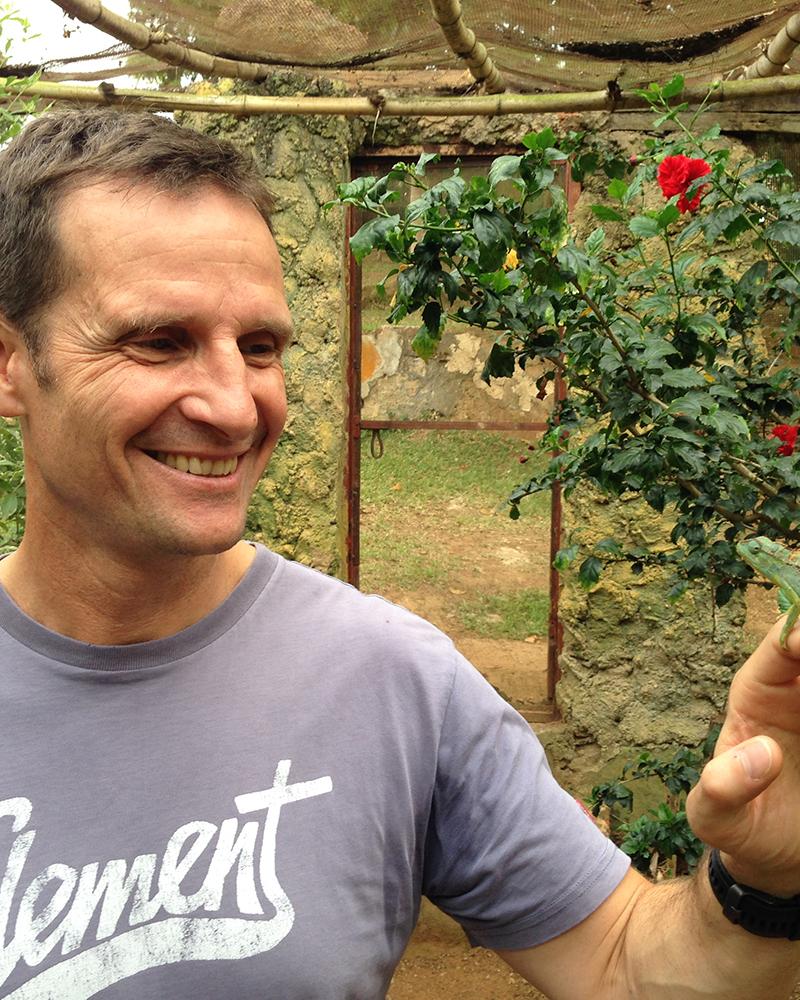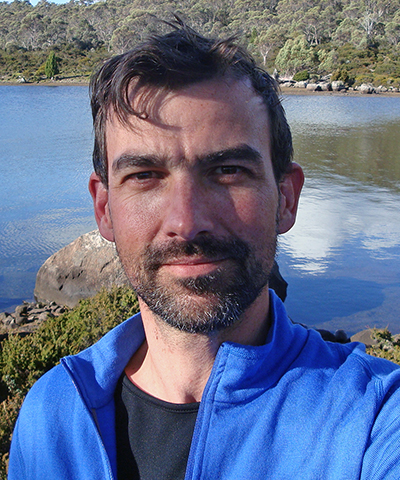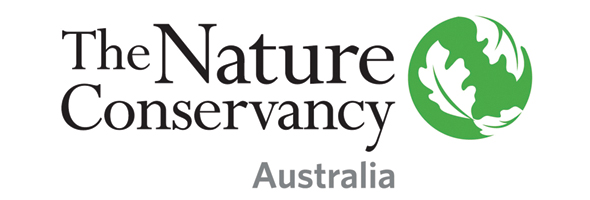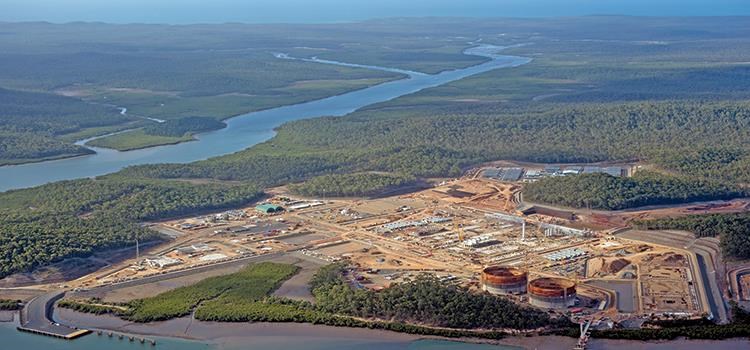
Project: 7.3
Assessing biodiversity and cultural values for single-site and multi-property development proposals in northern Australia
Project Leaders: Jeremy Simmonds , Martine Maron , James Fitzsimons
Research in Brief
Development of northern Australia has the potential to have substantial impacts on the region’s unique cultural and biodiversity values. By better engaging Indigenous communities in the development assessment and decision-making process, more effective identification of where and how impacts are managed can occur. Currently, the tools and guidance to inform this process are lacking, or are not consistently incorporated into assessment protocols.
This project will examine how proactive, strategic planning can be harnessed to guide better impact assessments and decisions, and promote sustainable development in northern Australia’s Indigenous lands.
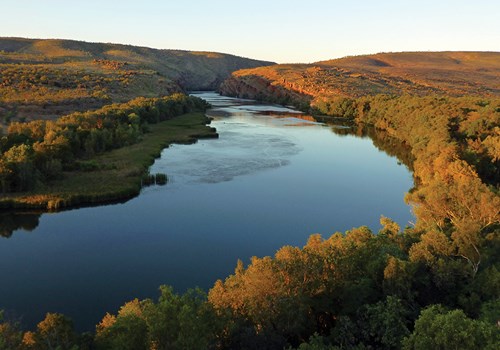
The Ord River, Kimberley. Photo: Jaana Dielenberg
Why is the research needed?
New development (e.g. mining, commercial agriculture) can have adverse implications for people, through displacement, disconnection, and degradation or loss of important sites. Similarly, biodiversity can be negatively affected by habitat loss and degradation, and the facilitation or exacerbation of threats. Frameworks for assessing these impacts exist – the mitigation hierarchy is a globally-accepted standard, while the Australian Government has a comprehensive regulatory protocol under the Environment Protection and Biodiversity Conservation Act 1999. Yet, key challenges and gaps in these assessment frameworks have been identified, and remain unresolved. These include how to proactively identify key cultural and biodiversity values before the assessment (and development) process commences, tools for assessing impacts to people and nature at multiple spatial scales, and how (or whether) certain impacts – especially those to cultural heritage values – can be managed, including through compensatory approaches. This amounts to uncertainty about cultural and biodiversity outcomes that arise from individual projects, and the cumulative outcomes across multiple developments. It is this uncertainty that our project will aim to address.
How will the research help?
Typically, environmental and social impact assessments for proposed developments are reactive, necessitating a case-by-case determination and description of the cultural and biodiversity values that may be affected by a particular development. As identified in a report to the Australian Government in 2009, these approaches frequently fail to deliver adequate biodiversity protection due to the ad-hoc and local nature of individual assessments.
The outcomes for social (including cultural heritage) values are even more opaque. Proactive identification of key values, driven by and developed in collaboration with key stakeholders, would greatly enhance the process, both in terms of outcomes for people and nature, and more certainty and efficiency for business and government.
Clearer tools (e.g. maps, frameworks, decision pathways) are needed to guide both the impact identification and assessment process, and approaches to managing impacts, at the scale of individual projects, and across entire landscapes. By working together with key stakeholders, this project aims to deliver the tools and guidance that we currently lack, to better equip affected rights holders and communities to engage with, and gain desirable outcomes from, the impact assessment process.
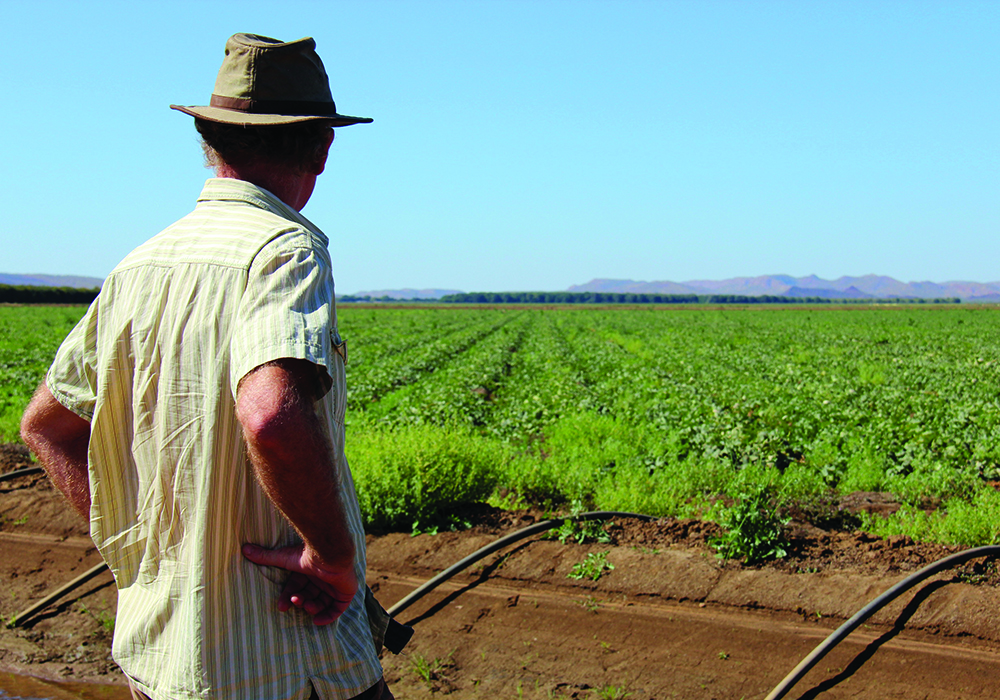 Ord River irrigation in the Kununurra district. Photo: Jaana Dielenberg
Ord River irrigation in the Kununurra district. Photo: Jaana Dielenberg
What research activities are being undertaken?
This research will comprise a detailed review of the existing impact assessment framework in northern Australia. In conducting this review, the key focus will be to determine the extent to which:
- Proactive engagement with affected stakeholders is enabled, and occurring;
- Cultural heritage values are accounted for in impact assessment;
- Cumulative impacts, to both cultural heritage values and biodiversity, are considered in impact assessment; and
- Sufficient data, tools and guidance exists to enable the above.
Through this review, key gaps in the impact assessment process will be identified, with options for addressing these shortfalls presented.
The project will also involve examination of a specific case study landscape in northern Australia, allowing for a detailed review of the decision-making environment in consideration of development imperatives (underway and projected). The exploration of the key challenges in impact assessment, and the appropriateness of various tools/guidance for how these can be resolved, will be undertaken in a collaborative manner involving key stakeholders – principally, Indigenous owners and custodians of country.
Who is involved?
This project brings together researchers from The University of Queensland and The University of Melbourne. It will also draw upon the extensive experience and work undertaken by The Nature Conservancy in northern Australia, specifically as this applies to working with Indigenous communities to identify key values that may be affected by proposed developments. Traditional Owners will provide vital guidance in shaping this project, especially with respect to case study analyses. As the project develops, additional willing stakeholders, including managers and experts in the field of impact assessment, will be engaged.
Where is the research happening?
This project will focus on policy, and explore case studies, relating to the impacts of development on natural and cultural heritage values across Australia’s north.
When is the research happening?
The project will run from January 2019 to June 2021.
Further information
For more information please contact Dr Jeremy Simmonds - j.simmonds1@uq.edu.au
Top image: Impact assessments for large scale developments such the Curtis Island (QLD) LNG plants are currently undertaken on a local case-by-case basis, rather than as part of a regional strategy. Photo: Greens MP CC BY-NC-ND 2.0 Flickr

